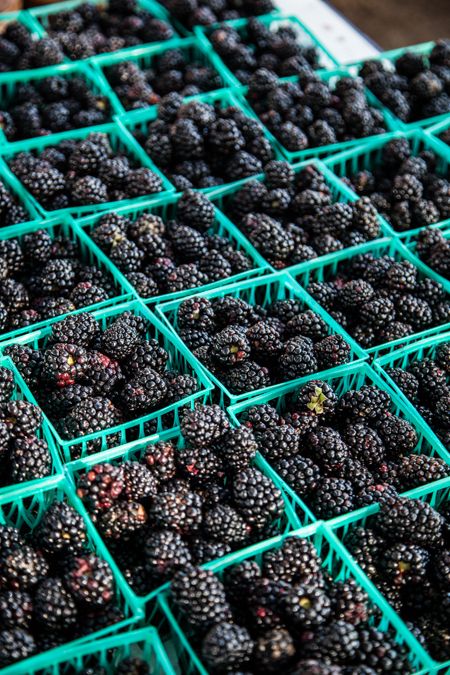Freezing food has been around a long time--and by a long time, we mean thousands and thousands of years. Long before we harnessed electricity, people buried summer food deep in the tundra to see them through harsh winters. As history progressed, we continued to squirrel away food in the winter in ice-cold warehouses and shelters and added canning, drying, fermenting, and smoking foods to our preserving repertoire. Modern kitchens mean we can bring all these food preserving techniques into our own homes, offering access to summer goodness all year. Of course, if we could just throw food as we find it into the freezer, Bird's Eye and all their friends would be out of business, so we're here to share some insider tips with you. Read on for our best food-freezing secrets--if you're ready to really put your freezer to work and want to learn more about preserving summer fruits and vegetables, check out The Happy Kitchen's preserving class that will teach you everything you need to know for freezing, drying, and canning summer's bounty!
1. Think about how you will use it - Freeze foods in the quantity you'll likely want to use for a recipe. Freeze pesto, herbed oils, and citrus juices in ice cube trays. Fruit is handy in quart sized bags and jars, while greens, vegetables, and soups are best suited for gallon size bags and containers.
2. Cool foods before freezing - Food will freeze faster and more evenly if it's been pre-chilled. To speed up chilling, spread hot food onto a sheet pan or in a shallow dish or plunge fresh fruits into a cold water bath (drain completely before freezing).
3. Don't create an iceberg! - Spread berries, cut fruit, meat or fish fillets, and balls of cookie dough on a baking sheet and freeze before storing in bags. This way the items will stay separate instead of freezing into one giant block.
4. Label it! - Who wants to deal with bags and containers of mysterious frozen food? Make sure to label and date everything that goes in the freezer and use by date.
5. Best for freezing - Fruits (for smoothies, pies, cobblers, and quick breads), vegetables (to be braised or pureed in a soup), meat, fish, and shellfish, cookie dough, pie crust, grated cheese, butter, bread, and broths.
6. Not so great for freezing - Raw eggs in the shell, high water-content vegetables like lettuce and soft herbs, egg-based sauces.

